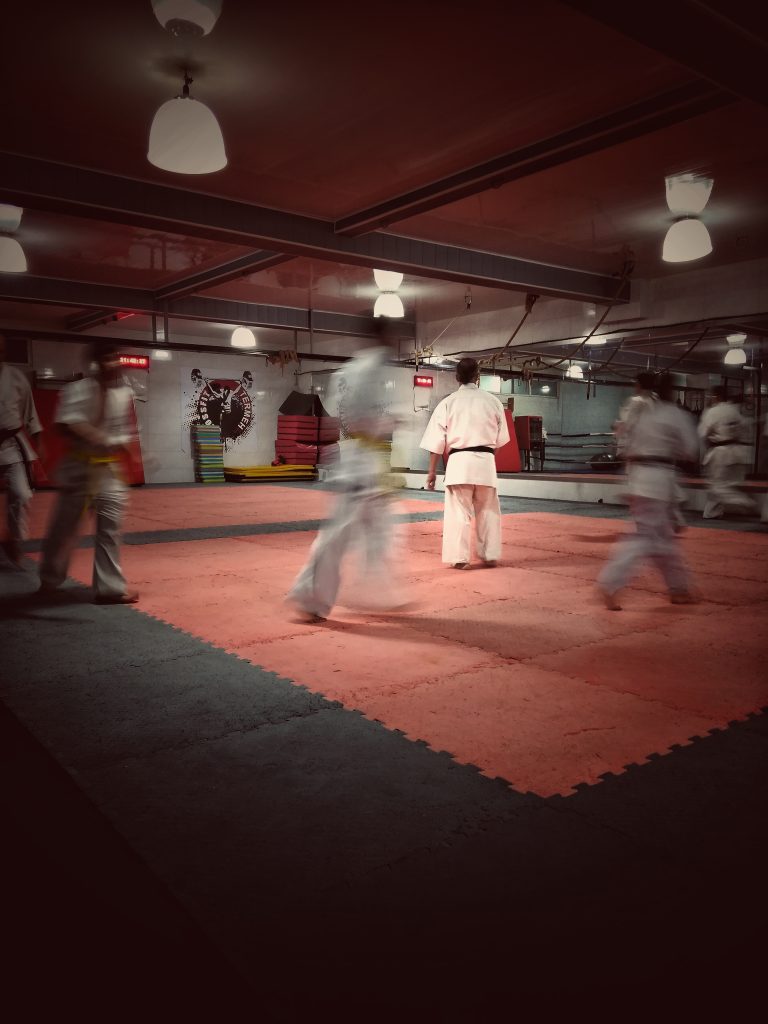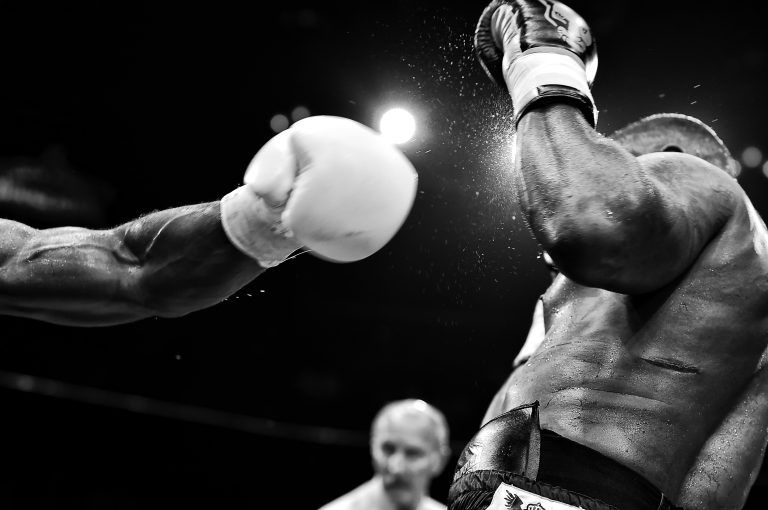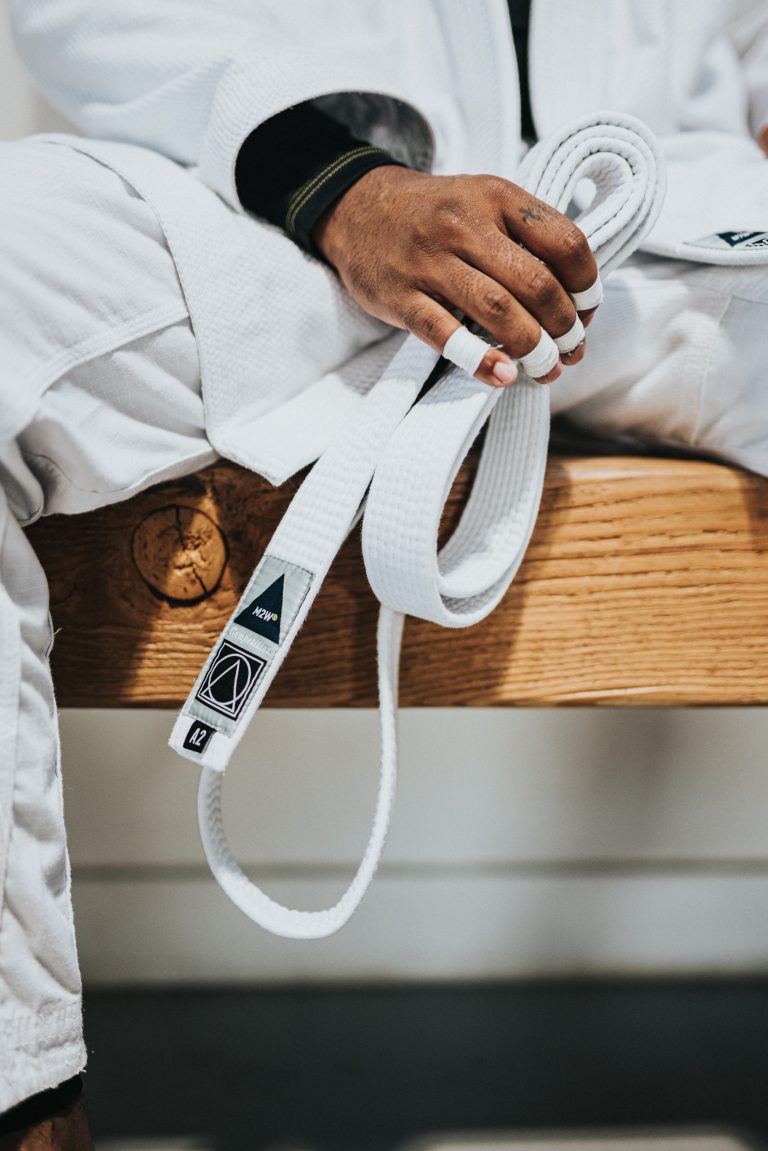Karate: What is the Difference between Kyu and Dan Grades?
Karate is one of the most popular martial arts practiced around the world, and its practitioners have many different ways of measuring and grading their skills. While many martial arts adhere to Kyu and Dan grade systems, unfortunately these two terms can be difficult to understand. This post will provide a comprehensive overview of the difference between Kyu and Dan grades, what they mean, how they’re earned, and how they are viewed in the different karate organizations throughout the world.
Kyu: A Beginner’s Journey
Kyu in karate is typically used to measure the skill level of a practitioner and is usually broken down into nine to ten separate grades. Generally speaking, the kyu grades are used to measure beginner to intermediate level skills, although this can vary from school to school. As a beginner in karate, youusually start out at the lowest kyu rank before gradually progressing your way up through each successive grade.
In some schools, kyu rankings can be broken down even further into different sub-levels. For example, some schools have beginner kyu levels such as 5kyu or 6kyu that mark different proficiency levels within a given grade. However, this will vary from school to school, and it’s important to ask questions and get clarification from your Sensei (instructor) regarding specific rankings and sub-levels.
Kyu Color Belt System
In addition to earning higher-ranking titles and grades, Kyu practitioners usually wear colored belts to denote their skill level. While there is no set color belt rule, white is typically used to mark beginners and brown usually marks more experienced practitioners.
The colors of the belt system can also vary depending on the style of karate you’re studying and may follow different patterns, such as yellow-orange-green-blue-brown or white-yellow-orange-green-blue-brown. Generally, each color advancement requires members to practice for longer periods of time and demonstrate a higher level of proficiency than the one before. Additionally, many schools have strict test criteria for each belt advancement and require members to pass tests before being eligible for advancement.
Dan: Achieving Mastery
The Dan ranks are where things really start to get advanced. These are considered more of a black belt level or mastery level designation, typically with seven separate grades for each practitioner. While Kyu grades signify a practitioner’s beginner to intermediate level proficiency in karate, Dan rankings signify their mastery in the art form. It usually takes many years of study and practice to reach this level and demonstrate one’s expertise in their discipline of choice.
In some cases, it can take decades—even a lifetime—for a practitioner to achieve the highest possible Dan rank (10th Dan). Often times it might require years of dedicated practice and study just to get a 9th Dan. For those practitioners who make it this far, it’s considered an enormous accomplishment worthy of respect and admiration.
Dan Color Belt System
The Dan belts follow a color system similar to that of the Kyu ranks, but use black as the signifier for each successive grade. The Dan belt colors may vary slightly depending on the specific style of karate practiced; however, typically black is the common denominator for measuring mastery of the art form. In addition, some schools have colors that represent “Honorary Black Belts” for those who have achieved a certain level within their style but have not yet met all of the requirements for a true black belt.
Conclusion
Kyu and Dan grading systems provide a framework for members in karate to measure their progress and demonstrate their high level of mastery in their chosen discipline. Understanding the difference between these two grading systems gives practitioners an appreciation for their own progress throughout their training and offers them a tangible way to measure their growth as experts in their field.
For those hoping to learn more about higher ranking belts or special achievement levels, it’s important to consult with your Sensei or instructor, as every organization manages their own set of standards and criteria for achieving each rank. Ultimately, Kyu and Dan grades are essential criteria for evaluating one’s progress in karate training and achieving a higher degree of mastery over time.
Frequently Asked Questions about Kyu: A Beginner’s Journey
Kyu is the Japanese term for rank in martial arts, typically used in disciplines such as Judo, Karate, and Aikido. It represents the progression of a student, with the lower ranks being numbered higher due to the idea that they are closer to mastering the basics. The Kyu rank system is a popular way of recognizing a practitioner’s level in many martial arts styles.
As a beginner, you may have many questions regarding your Kyu rank, how to progress, and what to expect in your martial arts journey. In this blog post, we will answer some of the most frequently asked questions about Kyu: A Beginner’s Journey.
1. How does the Kyu rank system work?
The Kyu ranking system is a progression-based system with a series of levels ranging from beginner to advanced. In general, the higher the rank, the more experienced the practitioner is. The Kyu ranks are often represented by colored belts, with the colors varying across different martial arts styles.
Each martial arts discipline has its own requirements for each Kyu rank. Usually, the requirements include mastery of techniques, participation in martial arts competitions, and the performance of a formal test in front of a panel of judges.
2. What are the benefits of the Kyu rank system for beginners?
The Kyu rank system serves as a powerful motivational tool for beginners, providing clear goals to strive for and tangible measure of progress in their martial arts training. As a beginner, working toward earning your next Kyu rank provides a sense of accomplishment that can keep you motivated to continue training.
Additionally, the Kyu ranking system provides structure to your martial arts training. The curriculum for each Kyu rank includes specific techniques and skills to master, ensuring that you are developing a sound foundation of martial arts knowledge and techniques.
3. How often can one expect to earn a new Kyu rank?
The frequency of Kyu rank promotions depends on the student’s progress and the martial art’s style. Some martial arts schools allow students to earn Kyu promotions every few months, while others require 6 months or a year between promotions.
Keep in mind that students who train more often and attend additional classes more frequently than others may progress more quickly through the Kyu ranks.
4. Can a person earn a high Kyu rank without participating in competitions?
Yes, a person can earn Kyu ranks without participating in competitions. While competitions are often a part of the Kyu rank promotion requirements in some martial arts styles, they are not the only way to progress.
Most martial arts disciplines have a structured curriculum that includes a variety of techniques and principles that must be mastered before a student can progress to the next Kyu rank. These requirements focus on developing a well-rounded skill set, regardless of competition participation.
5. Is it necessary to advance to a black belt?
Advancement to a black belt is not necessary for everyone. While the black belt is often the ultimate goal for many practitioners, the Kyu ranking system provides a series of intermediate achievements that are equally rewarding.
Remember that the Kyu rank system is just one measure of progress in martial arts, and not everyone who trains necessarily seeks a black belt. Regardless of the ultimate goal, training in martial arts provides many benefits, including increased fitness, improved self-confidence, and better self-defense skills.
6. How can a person stay motivated on their Kyu journey?
Staying motivated on your Kyu journey is important, especially during periods where progress may be slow, or if you’re dealing with a plateau of the learning curve. Here are some tips for staying motivated:
– Set achievable goals
– Track your progress
– Identify your strengths and weaknesses to work on them
– Surround yourself with supportive people
– Celebrate your milestones!
Remember that the process of learning martial arts is a journey, not a destination. It’s essential to enjoy the journey, appreciate the small wins, and use setbacks as opportunities to learn and improve.
Conclusion
As a beginner in martial arts, working towards earning a Kyu rank can be a highly rewarding and motivating experience. Be sure to understand the requirements for your martial arts style’s Kyu rank system and set achievable goals for your journey. Regardless of the ultimate rank you aim for, learning martial arts provides numerous benefits, so embrace your journey!
Inhaltsverzeichnis






